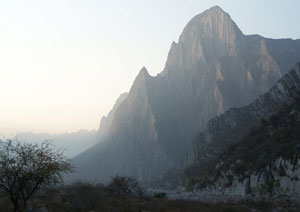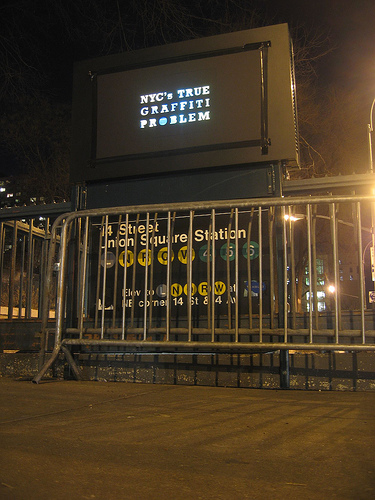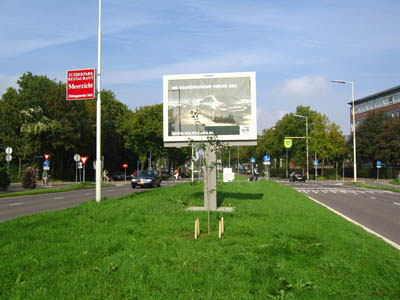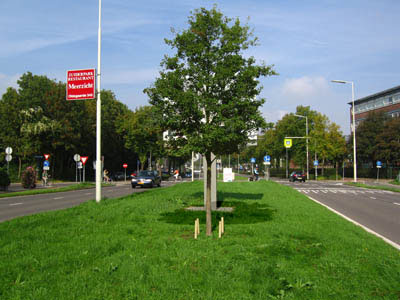built
Paving the Clouds
UNESCO regonition seems to carry a heavy burden of opportunity.
 La Huasteca canyon, an ecological park in Cumbres de Monterrey National Park in north-eastern Mexico, may soon become part of a high-end residential development and golf course.
La Huasteca canyon, an ecological park in Cumbres de Monterrey National Park in north-eastern Mexico, may soon become part of a high-end residential development and golf course.
Last October, the municipality of Santa Catarina approved a 900 million dollar project to build more than 9,000 housing units and a 27-tee golf course in this place. Just a few days earlier it had been made part of a UNESCO biosphere network. Monterrey will also host the second Universal Forum of Cultures in 2007.
La Huasteca is a frequented family outing, camping and climbing site. One third of the drinking-water in Monterrey (pop. 3.7 million) comes from La Huasteca. There are over a thousand species in the area, seventy-three of which are endagered. See photos here.
The state and federal governments have pretty much washed their hands off the issue while local politicians, including a brother of the Governor, own part of the land.
Media coverage and activists have forced the new municipal authorities to claim they would freeze the project for at least three years, but they are now hinting they could give it the go-ahead this week.
Two activist websites are lahuasteca.org and voluntariosgreenpeace-mty.blogspot.com. Subcomandante Marcos shows his support to activists in this audio file.
See La Huasteca at Flickr, or read about it in Crain’s and La Jornada
Negative Campaigning
A great action in NYC, taping placards over those outdoor video billboards attached to subway entrances. The typography is composed of holes in the board, illuminated by the video ad beneath.
The project is Light Criticism, brought to you by the Anti-Advertising Agency and the Graffiti Research Lab.
In form, it reminds me of the work of Moose, writing his name on walls by cleaning them.
In context, it’s a lot like this guerilla wayfinding campaign, a grassroots, illegal action for civic improvement.
Solar powered parking meter.
Solar powered traffic light.
Solar powered bus shelter.
Solar powered municipal wifi?
Blast
Ghost Bikes

Last week, the New York Times ran a sober photo essay on the ghost bikes that Visual Resistance and Time’s Up! have been installing around New York City since June 2005. The bikes are public interventions, a grassroots action in the spirit of graffiti memorial walls. The bikes are painted white and chained near the site where a cyclist was killed by an automobile, along with a plaque with their name and the date they were killed. Several are plotted on this map.
The bikes were inspired by a similar project in St. Louis, and have since appeared in cities across the U.S. and the U.K.
A 2005 report on bicycle fatalities from the New York City police, parks, health, and transportation departments reports that between 1996 and 2005, 225 bicyclists were killed in crashes with motor vehicles. Between 1996 and 2003, 3,462 NYC bicyclists were seriously injured in crashes.While the annual number of serious injuries has decreased, deaths remained steady during the 10-year period.
The statistics show a failure of urban design and policy — 89% of crashes occurred at or near intersections, 92% of bicyclist fatalities resulted from crashes with motor vehicles — as well as the absence of personal equipment: 97% of the bicyclists who died were not wearing a helmet. 74% of the fatal crashes involved a head injury.
While it’s clear that helmets save lives, something else is broken in NYC: of the 3,964 transportation-related deaths in New York City between 1996 and 2005, only 6% were cyclists. Almost half the deaths (49%) were pedestrians.
Tree in Front of Billboard
page 20 19 18 17 16 15 14 13 12 11 10 9 8 7 6 5 4 3 2 1 Older »






